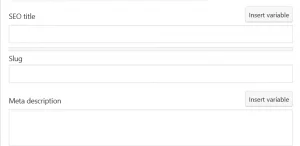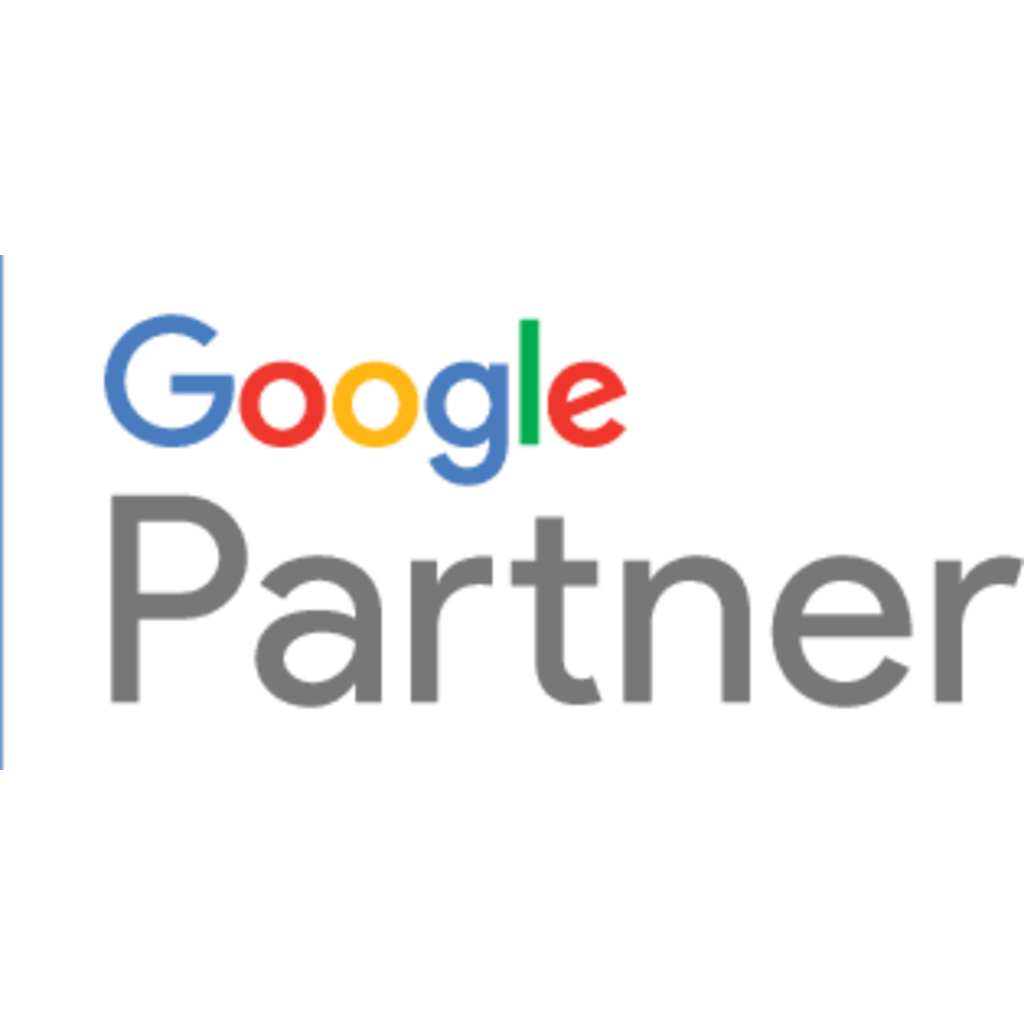On-page SEO is an important part of SEO and ranking your website with search engines. We have created some tips that will help you optimise your website to increase the chances of ranking for targeted keywords. By following the simple steps below, you can be sure that your website is following the best practices for On-Page SEO. For more in-depth solutions SEO Warrington team has you covered with a range of SEO packages.
Tips for Optimising Meta Tags:
- Provide relevant data to search engines to help them understand your page’s content.
- Keep your meta description between 50-160 characters to effectively communicate your page’s content to users.
- Use relevant meta keywords to inform search engines of your page’s topic.
- Ensure your HTML title tag contains keywords related to your page’s topic.
- Avoid using a ‘No Index’ tag, as this will prevent your page from being indexed by automated internet bots.
- Do not use a ‘No Follow’ tag on links, as this instructs search engines to ignore them.
Tips for Optimising Your Website’s URL Structure:
- Keep it simple: Make sure your URL structure is easy to read and understand.
- Include pages in your sitemap: If you want your pages to be indexed by search engines, make sure to include them in your sitemap.
- Use keywords: Research the keywords that people use to find your content and use them in your URL slug. This can help improve your page’s visibility in search results.
Tips for Using Relevant Headers to Structure Your Content:
- Use relevant headers to structure your content effectively.
- Ensure that your page contains an H1 header with relevant keywords.
- Make sure that headlines and subheads use header tags with relevant keywords.
- Include helpful subheadings that provide a useful summary of what is contained on the page.
- Avoid including multiple H1 headers on the same page as it can be confusing for readers.
- Do not use the same H1 header on more than one page as it can be confusing for visitors, particularly those using screen readers.
Optimise your images for SEO:
- Ensure Alt Text is Added to Images – Adding alt text to images can help search engines understand the image’s content and accurately rank your page. When adding alt text, focus on creating informative, useful descriptions that accurately convey the subject matter of the image.
Tips for improving your site’s structure and content ranking:
- Interlink your pages using natural text to improve user experience.
- Use a limited number of relevant and useful external links to avoid being marked as spam and discourage visitors from leaving your site.
- Avoid using hidden links or text that are visible to search engines but not to users as it is considered spam and may result in your site being banned.
- Do not sell or buy do-follow links as search engines prefer natural links and may ban your site for buying or selling links to gain backlinks.
Monitor Load Speed and Optimise for Mobile:
- Regularly monitor your website’s loading speed and check its loading time.
- Ensure that your page works optimally on mobile devices.
- Prioritise mobile-first indexing by following Google’s guidelines.
- Optimise your website’s performance for fast loading speeds.
- Regularly review your website’s performance to ensure it’s meeting mobile optimization and loading speed standards.
Ways to boost your website traffic and enhance user experience:
- Easy Navigation – Ensure your website has an intuitive navigation structure that allows visitors to find the content they are looking for in three clicks or less.
- Social Sharing Buttons – Make it easy for visitors to share your content on social media platforms by including social sharing buttons on your pages. This can help increase your website’s visibility and drive more traffic.
- Active Social Media Presence – Engage with your audience on social media platforms by creating and sharing high-quality content that aligns with your brand’s message. This can help increase your followers and drive more traffic to your website.
- Regularly Update Your Website – Keep your website fresh and up-to-date by regularly publishing new content and ensuring that all links and information are current.
Tips for Creating Search Engine Optimised Content:
- Use Unique Page Titles – Each page should have its own unique title that differentiates it from other pages on your website.
- Focus on Quality Content – Ensure that your content is well-written, informative, and adds value to your target audience.
- Target Vertical Content – Create content that is relevant to your visitors and focuses on specific areas.
- Provide Direct Answers – Create content that can be used directly as answers in featured snippets.
- Avoid Keyword Stuffing – Don’t overuse the words you want to rank for on your pages.
- Don’t Hide Keywords – Don’t try to hide keywords by using colours or designs. Make sure they are visible and accessible to search engines.
Conclusion
We hope after you have read through all the sections above it will give you a greater understanding of how to follow the best practice for on page SEO. So you can get the most of from your website and it can grown within search engines.





